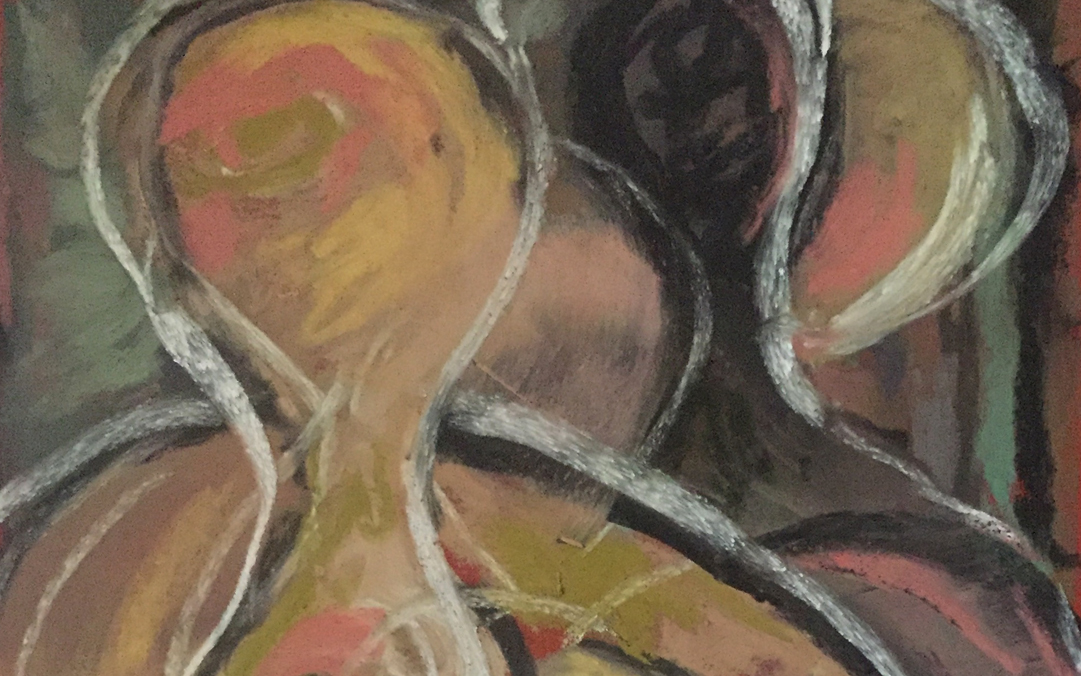I recently started painting and drawing again, having not done it for most of my adult life, and I was surprised to discover that everything changed for me—my approach, thought process, and even the mediums I use. My career as a designer and a lifetime of learning had a lot to do with it. Not only is it a lot more fun now, but the results are better. I also realized that my new way of working can be applied to almost any situation that requires problem-solving or creative thinking. Here’s a brief description of some of the things I learned:
Start by working broadly, then focus on the details.
Don’t get hung up on details. Keeping things loose and fluid initially allows us to more easily make adjustments later as things become more defined.
Stop being tentative.
When we’re unsure of what to do, or nervous that we might muck things up, we get tentative. This can only make things worse. To avoid this, take a step back to consider your options. Then make a decision, execute on it, and don’t look back.
When you’re stuck, do something—anything—to get moving again.
We all get stuck at some point. The first thing we have to do is overcome the sense of inertia. Think of an idea—any idea, no matter how outrageous, silly, or stupid. These ideas may not (and probably won’t) work, but they can begin to take your thinking to a different place, which with any luck, will provide the answer.
Decision-making.
Sometimes, the opposite of being stuck happens. Ideas just keep coming. At some point however, we need to stop and choose one. The decision should be based on which idea best solves the problem. To do this, we need to be able to critique our ideas objectively, which isn’t always easy, and sometimes the best solution isn’t always the one we like the best. For example, we can become enamored with an idea for the wrong reason—e.g. we think it’s really funny or clever—even though it may not be the most appropriate solution for what we want to achieve. Sometimes we can’t decide which option to choose, so we try to combine the ideas. This rarely works and often only muddies the waters. Ultimately, we have to be willing to leave the ideas we love on the cutting room floor.
There are a few other things I discovered. They may not be applicable for all situations, but may prove helpful:
Enjoy the process.
Many of us are impatient to see the final results, to the point where we don’t enjoy the process or rush through it. Neither is conducive to achieving good results. not only does enjoying the process make the whole thing more fun—it makes for a much better learning experience.
Develop. Create. Repeat.
If you have the opportunity, when you finish something, instead of doing something new, do the same thing again. It amazing how much can be learned and what new ideas can be generated from a second or even a third effort.
Failure isn’t a bad thing.
Embrace the risk of failure. The world will keep spinning. No one wants to fail, but many successes are the children of failures.
Don’t quit too soon.
When things aren’t going well, we sometimes bail prematurely. It’s hard to know when to quit or start over, but try pushing through and see what happens. You may ultimately give up, but you may also be happily surprised. The most you have to lose is some time.
Imitate the work of people you admire.
People regard imitation as an act of plagiarism or stealing of intellectual property (and in some cases, it is). But under the right circumstances, imitating what you deem successful is a good way to learn how to do things well. What starts out as imitation eventually becomes something of our own.
